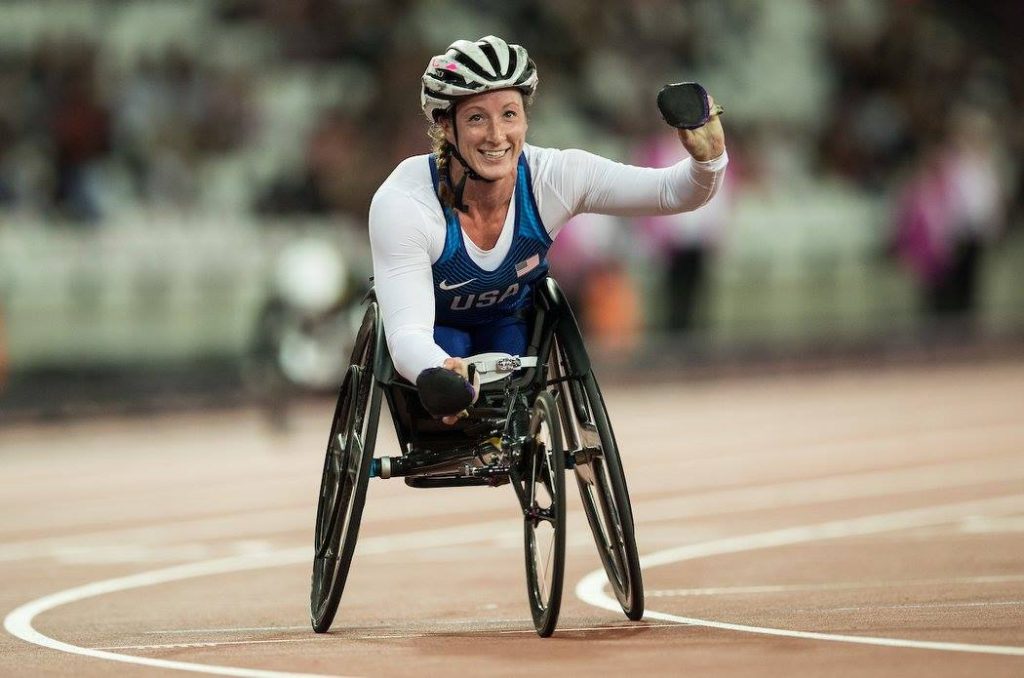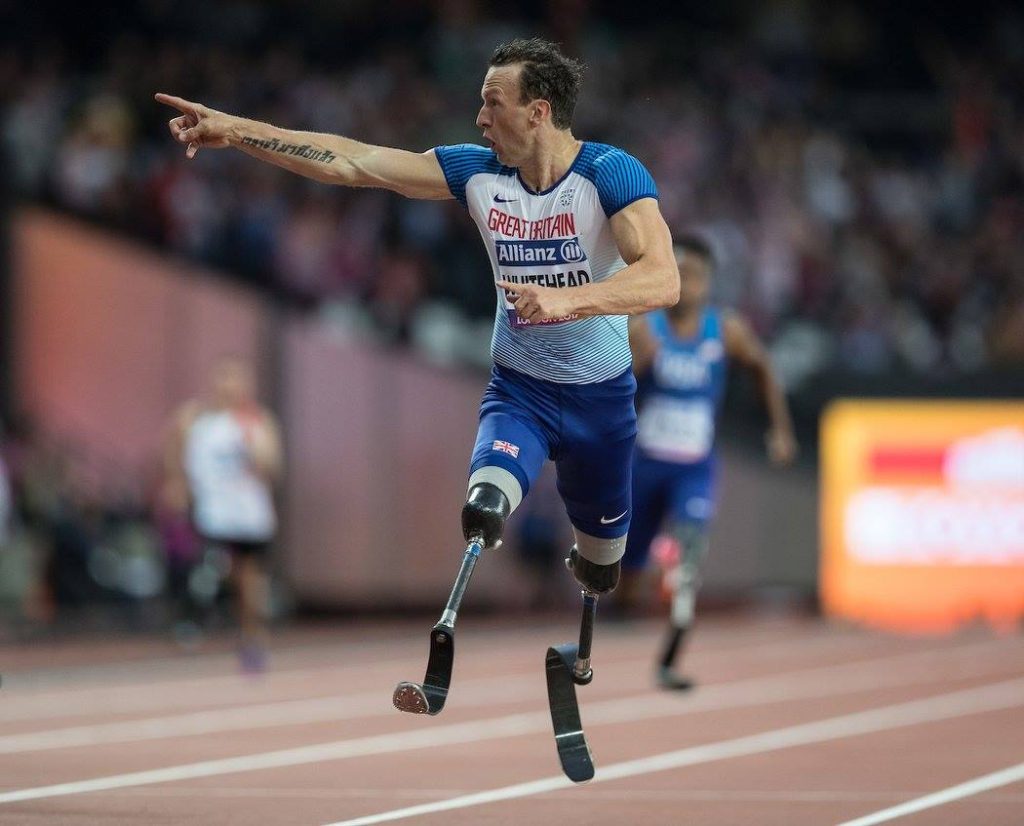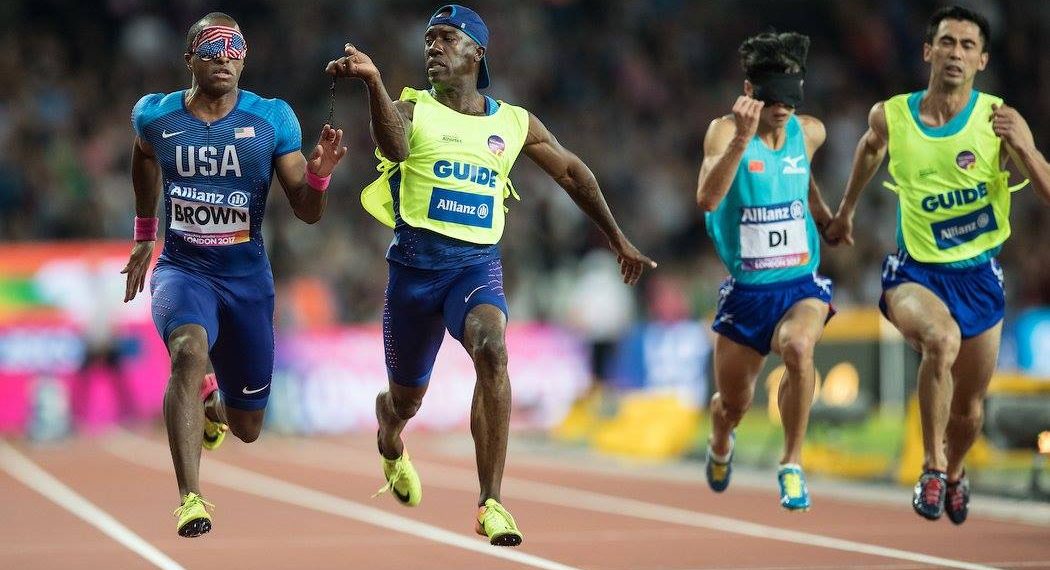Paris showcases Para athletics
It was great to see the Paralympic athletics take place in front of large crowds in Paris. It is so important to showcase this significant event. The first thing to recognize is that Para athletes are athletes. Former wheelchair marathon winner, Jean Driscoll, tells the story of someone coming up to her and staying “I think it is just wonderful that you are able to complete a marathon”. Driscoll’s reply: “Oh, No. You could do one too if you trained 4 hours a day, six daysna week like me”.
It is easy to get confused by the complexity of classifications in para-athletes and not to know your T64 from your T37! Every athletics fan knows that Noah Lyles won the Olympic 100m but who won Paralympic 100m? Well there were a dozen of them. The classification system is complex but it is important to achieve fair competition so that athletes compete against people with equal levels of disability. You cannot have a visually impaired athlete competing against a leg-amputee and a wheelchair-user in a race that is fair to all. . Events are split by classification – with visual impairment, cerebral palsy, amputee and wheelchair in separate categories and indeed with subdivisions within the categories in an attempt to create a level playing field for every athlete. This does result in a large number of races with up different 100m races in 17 different classifications for men and 15 for women.

Para sport is sometimes called adapted sport and that is a good descriptor. Basically, it involves taking the core track and field disciplines and adapting them to allow athletes with varying levels and types of disability to participate in running, jumping and throwing competitively. Take running. If you can run, you run. If you don’t have two legs, you can run with a prosthetic. If you cannot see, you can run with a guide. If you cannot walk at all, then race in a wheelchair. Races range from 100m to 5000m – no hurdles or steeplechase.
A fascinating aspect of wheelchair racing is that it is common for the same athlete to compete in 100m and distance events. Hannah Cockroft, who often competes at 100m and 800m, told me that she trains six days a week – three on speed and sprinting and three on strength and endurance
Disability athletes throw the javelin, discus and shot. There is no hammer but there is, in two classes, the club throw. Jo Butterfield a global medalist medal in the F51 club throw explained that her disability makes it difficult for her to grip, adding: “Imagine trying to throw something a long way when you struggle to grip it”. Athletes who normally use a wheelchair or have limited stability throw from a sitting position where they are strapped in. One difference for this category is that each athlete takes three consecutive throws in turn – instead of the normal way with each athlete throwing once in turn – to avoid the time-consuming process of strapping and unstrapping an athlete after each throw.

And remember that para athletes are just normal people who have a body that doesn’t fully function either from birth or as a result of illness or an accident.
I have written previously about Markus Rehm, a German amputee long-jumper, who uses a prosthetic, has a PR of 8.72m. He is not allowed to compete in World Athletics events under competition Rule 144.3(d) which bans ‘the use of any mechanical aid, unless the athlete can establish on the balance of probabilities that the use of such an aid would not provide him with an overall competitive advantage over an athlete not using such aid.’ Rehm, who lost his lower right leg in a wakeboarding accident as a 14-year-old said a few years ago: “IAAF says that I have to prove that I don’t have any advantage. That is not a good decision by the IAAF because you cannot put that pressure on the athlete. It is not my job”. Rehm’s view is that he may have an “advantage at the take-off but there are big disadvantages in the run-up – you don’t have the same balance … and of course you cannot go so fast”.
https://x.com/i/status/1831410510082011436 para HJ
Author

Since 2015, Stuart Weir has written for RunBlogRun. He attends about 20 events a year including all most global championships and Diamond Leagues. He enjoys finding the quirky and obscure story.
View all posts






















